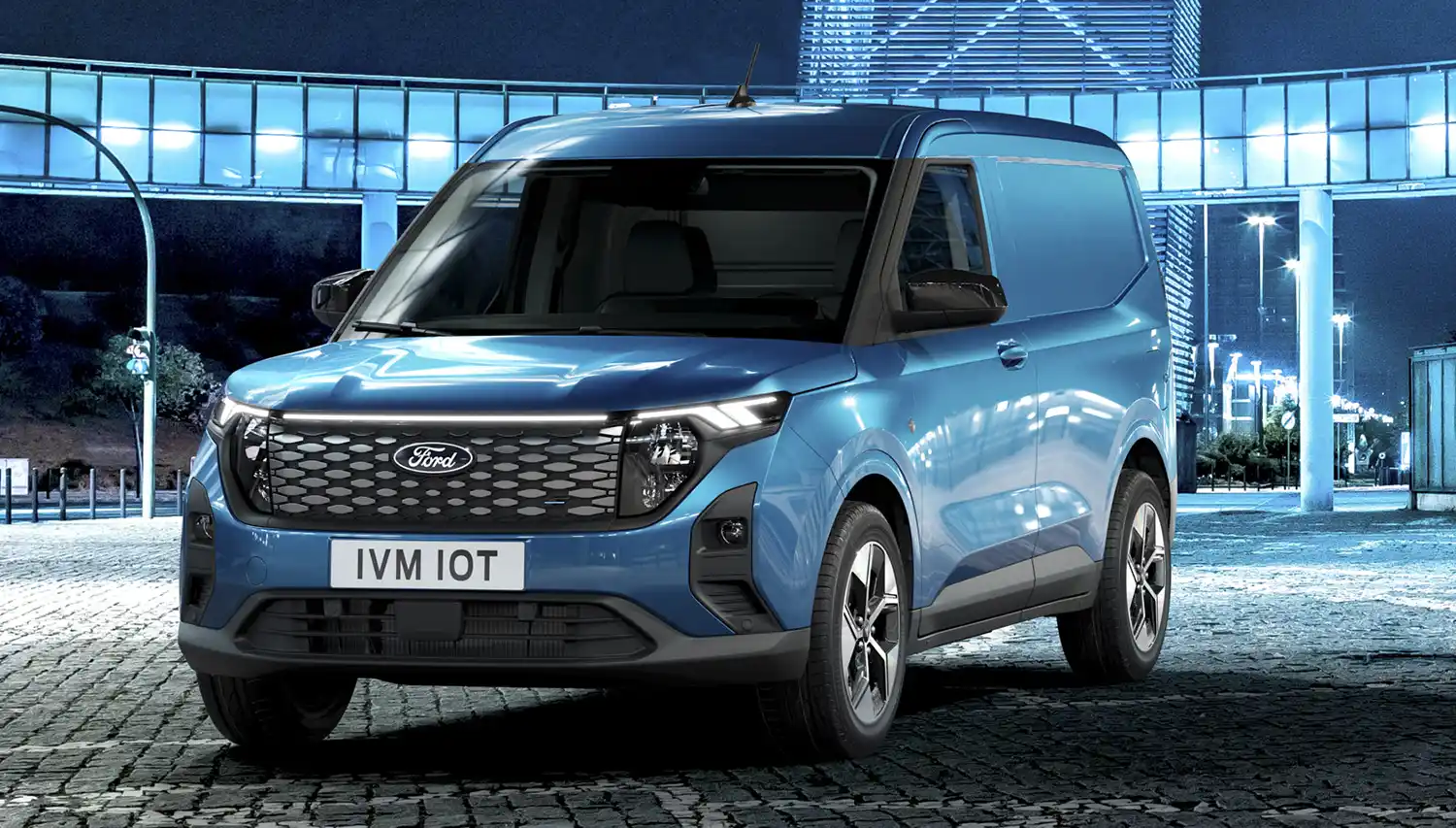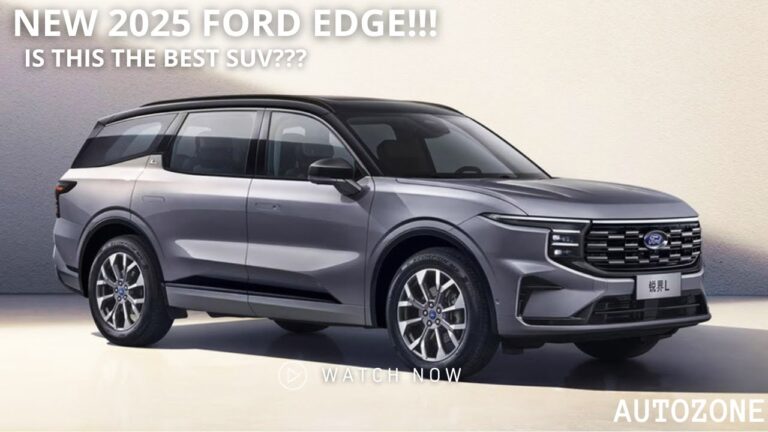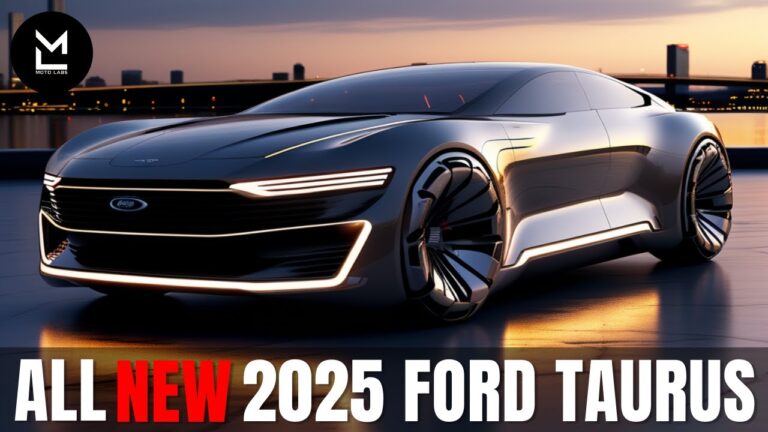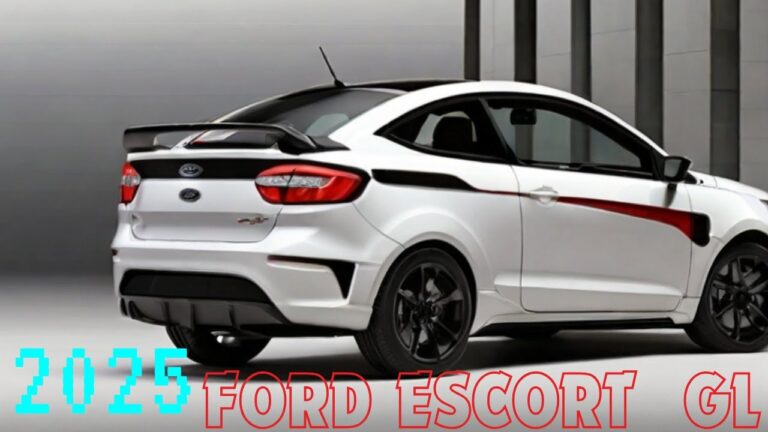New 2025 Ford E-Transit Cargo Van: A Revolutionary Electric Solution for Businesses
In the ever-evolving automotive industry, the transition to electric vehicles has gained significant momentum, with Ford Motor Company leading the charge. The upcoming 2025 Ford E-Transit Cargo Van represents a pivotal moment in this transformation, offering businesses an eco-friendly and efficient solution for their transportation needs.
As the world becomes increasingly aware of the environmental impact of traditional fuel sources, the New 2025 Ford E-Transit Cargo Van emerges as a beacon of sustainability. With its advanced electric powertrain, this innovative vehicle promises to reduce emissions, lower operating costs, and enhance the overall efficiency of business operations.
Introduction

The 2025 Ford E-Transit Cargo Van is a significant milestone in the automotive industry, marking Ford’s commitment to electric vehicles and sustainable transportation. Ford has been at the forefront of the transition to electric vehicles, investing heavily in research and development to bring cutting-edge technology to the market.
Ford’s Transition to Electric Vehicles
Ford’s transition to electric vehicles is driven by several factors, including:
- Increasing consumer demand for environmentally friendly vehicles.
- Government regulations and incentives promoting the adoption of electric vehicles.
- Ford’s commitment to sustainability and reducing its carbon footprint.
Specifications and Features
The New 2025 Ford E-Transit Cargo Van boasts impressive specifications and features that cater to the demands of commercial fleets. It’s engineered to deliver exceptional performance, efficiency, and functionality.
Range and Payload Capacity
The E-Transit Cargo Van offers an impressive range of up to 266 miles on a single charge, ensuring uninterrupted operation throughout the day. Its robust construction enables a payload capacity of up to 3,800 pounds, making it capable of handling a wide range of cargo.
Charging Capabilities
The van is equipped with a standard 11.3kW onboard charger, allowing for convenient charging at home or public charging stations. Additionally, it supports fast charging up to 115kW, enabling a quick turnaround time when time is of the essence.
Innovative Features and Technologies
The E-Transit Cargo Van incorporates a host of cutting-edge features and technologies that enhance safety, productivity, and convenience. These include:
- Intelligent Speed Assist: Automatically adjusts the vehicle’s speed to comply with posted speed limits.
- Lane-Keeping System: Keeps the van centered within its lane, reducing driver fatigue and improving safety.
- Pro Trailer Backup Assist: Simplifies trailer maneuvering by providing precise steering guidance.
- FordPass Connect with 4G LTE Wi-Fi: Allows for remote vehicle monitoring, fleet management, and seamless connectivity.
Comparison with Similar Electric Cargo Vans
The following table compares the specifications of the E-Transit Cargo Van with similar electric cargo vans in the market:
| Specification | E-Transit Cargo Van | Competitor A | Competitor B |
|---|---|---|---|
| Range | Up to 266 miles | 200 miles | 240 miles |
| Payload Capacity | 3,800 pounds | 3,500 pounds | 3,600 pounds |
| Charging Speed | Up to 115kW | Up to 100kW | Up to 120kW |
Performance and Efficiency

The E-Transit Cargo Van is powered by an electric motor that produces 266 horsepower and 317 lb-ft of torque. This gives the van a 0-60 mph time of 5.2 seconds and a top speed of 80 mph. The E-Transit Cargo Van also has a regenerative braking system that helps to extend the range of the van. With a fully charged battery, the E-Transit Cargo Van has a range of up to 126 miles.
The E-Transit Cargo Van is a very efficient vehicle. It has an EPA-estimated fuel economy rating of 115 MPGe. This means that the E-Transit Cargo Van can travel further on a single charge than a gasoline-powered van. The E-Transit Cargo Van also produces zero emissions, which makes it a more environmentally friendly option than a gasoline-powered van.
Acceleration
The E-Transit Cargo Van has a 0-60 mph time of 5.2 seconds. This is faster than most gasoline-powered vans. The E-Transit Cargo Van’s electric motor provides instant torque, which gives the van a quick off-the-line acceleration.
Handling
The E-Transit Cargo Van has a low center of gravity, which gives it good handling. The van also has a tight turning radius, which makes it easy to maneuver in tight spaces.
Braking
The E-Transit Cargo Van has a regenerative braking system that helps to extend the range of the van. The regenerative braking system captures energy when the van is braking and uses it to recharge the battery.
Energy Efficiency
The E-Transit Cargo Van has an EPA-estimated fuel economy rating of 115 MPGe. This is much higher than the fuel economy rating of a gasoline-powered van. The E-Transit Cargo Van’s electric powertrain is very efficient, and it uses less energy to travel the same distance as a gasoline-powered van.
Environmental Benefits
The E-Transit Cargo Van produces zero emissions. This makes it a more environmentally friendly option than a gasoline-powered van. Electric vehicles do not produce any tailpipe emissions, which helps to improve air quality. Electric vehicles also do not contribute to climate change, as they do not produce any greenhouse gases.
Target Market and Applications
The 2025 Ford E-Transit Cargo Van is a versatile electric vehicle that caters to a wide range of businesses and individuals. Its zero-emission operation and spacious cargo capacity make it an ideal choice for urban deliveries, last-mile logistics, and various commercial applications.
Potential applications for the E-Transit Cargo Van include:
Delivery Services
- Emissions-free deliveries in urban areas
- Efficient and cost-effective last-mile delivery
- Improved air quality and reduced noise pollution
Commercial Use
- Tool and equipment transportation for contractors
- Mobile workshops for technicians
- Food and beverage delivery for restaurants and catering businesses
Personal Use
- Spacious cargo space for moving or transporting large items
- Versatile vehicle for camping, road trips, and adventure activities
- Environmentally friendly option for families and individuals
Design and Aesthetics
The 2025 Ford E-Transit Cargo Van showcases a bold and utilitarian exterior design, complemented by a practical and ergonomic interior. The exterior features sharp lines and a distinctive grille that exudes both power and efficiency.
The van’s boxy shape maximizes cargo space, while the low roofline enhances aerodynamics. The large windows provide excellent visibility, while the wide-opening rear doors facilitate easy loading and unloading.
Exterior Aesthetics
- Distinctive grille with integrated LED headlights
- Sharp lines and bold bodywork
- Aerodynamic low roofline
- Large windows for enhanced visibility
- Wide-opening rear doors
Interior Design and Ergonomics
The interior of the E-Transit Cargo Van is designed to prioritize functionality and user experience. The spacious cabin offers ample headroom and legroom, with comfortable seating for three. The dashboard is uncluttered and intuitive, featuring a large touchscreen infotainment system and easy-to-reach controls.
The van’s ergonomic design ensures a comfortable driving experience, with adjustable seats and steering wheel. The high seating position provides excellent visibility, while the numerous storage compartments keep essentials within reach.
Cargo Capacity and Accessibility
- Spacious cargo area with low load floor
- Wide-opening rear doors for easy loading
- Numerous tie-down points for secure cargo
Pricing and Availability
The 2025 Ford E-Transit Cargo Van is expected to have a starting price of around £35,000. This is comparable to other electric cargo vans on the market, such as the Mercedes-Benz eSprinter and the Rivian EDV. The E-Transit Cargo Van will be available in three different trim levels: Base, XLT, and Limited. The Base trim level will come with standard features such as a 10.1-inch touchscreen, a rearview camera, and automatic emergency braking. The XLT trim level will add features such as heated seats, a power driver’s seat, and a leather-wrapped steering wheel. The Limited trim level will include all of the features of the XLT trim level, plus features such as a panoramic sunroof, a navigation system, and a premium audio system.
Optional Features
The E-Transit Cargo Van will also offer a number of optional features, such as a hands-free liftgate, a trailer tow package, and a solar roof. These features will allow customers to customize their vans to meet their specific needs.
Competing Models
The E-Transit Cargo Van will compete with a number of other electric cargo vans on the market, including the Mercedes-Benz eSprinter, the Rivian EDV, and the Volkswagen ID. Buzz Cargo. The following table compares the pricing of the E-Transit Cargo Van with these competing models:
| Model | Starting Price |
|---|---|
| Ford E-Transit Cargo Van | £35,000 |
| Mercedes-Benz eSprinter | £36,000 |
| Rivian EDV | £37,000 |
| Volkswagen ID. Buzz Cargo | £34,000 |
Future Prospects and Outlook
The 2025 Ford E-Transit Cargo Van represents a significant advancement in electric commercial vehicles, poised to shape the future of urban transportation. Its advanced technology and innovative features position it as a game-changer in the industry, with far-reaching implications for businesses and the environment alike.
As technology continues to evolve at an unprecedented pace, the E-Transit Cargo Van is expected to benefit from ongoing advancements in battery technology, autonomous driving capabilities, and connectivity. These enhancements will further enhance its efficiency, range, and safety, making it an even more compelling choice for businesses looking to reduce their carbon footprint and streamline their operations.
Market Trends and Business Impact
The rising demand for sustainable transportation solutions is driving the growth of the electric commercial vehicle market, and the E-Transit Cargo Van is well-positioned to capitalize on this trend. Its zero-emission operation and low operating costs will make it an attractive option for businesses seeking to reduce their environmental impact and improve their bottom line.
Furthermore, the increasing adoption of e-commerce and home deliveries is expected to fuel demand for efficient and reliable cargo vans. The E-Transit Cargo Van’s spacious interior, advanced connectivity features, and customizable options will make it a valuable asset for businesses involved in last-mile delivery and other urban transportation tasks.
Long-term Impact on the Transportation Industry
The widespread adoption of the E-Transit Cargo Van and similar electric commercial vehicles has the potential to transform the transportation industry. By reducing emissions and promoting sustainable practices, these vehicles will contribute to cleaner air and a healthier environment.
Moreover, the increased efficiency and lower operating costs of electric vans will make them more affordable for businesses of all sizes. This could lead to a shift away from traditional gasoline-powered vans, further accelerating the transition to a more sustainable transportation system.
FAQ Section
What is the range of the New 2025 Ford E-Transit Cargo Van?
The range of the New 2025 Ford E-Transit Cargo Van varies depending on the battery configuration. The standard-range battery offers a range of up to 108 miles, while the extended-range battery provides up to 195 miles on a single charge.
What is the payload capacity of the New 2025 Ford E-Transit Cargo Van?
The New 2025 Ford E-Transit Cargo Van offers a maximum payload capacity of 3,800 pounds, making it suitable for a wide range of cargo hauling needs.
How long does it take to charge the New 2025 Ford E-Transit Cargo Van?
The charging time of the New 2025 Ford E-Transit Cargo Van depends on the type of charger used. Using a Level 2 charger, the van can be fully charged in approximately 8 hours. With a DC fast charger, the battery can be charged to 80% capacity in about 30 minutes.
What are the advantages of using the New 2025 Ford E-Transit Cargo Van for business?
The New 2025 Ford E-Transit Cargo Van offers several advantages for businesses, including lower operating costs due to reduced fuel expenses, increased efficiency with advanced telematics and route optimization features, and a positive environmental impact with zero tailpipe emissions.



